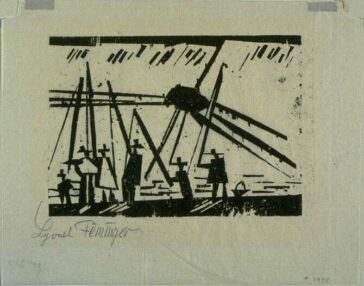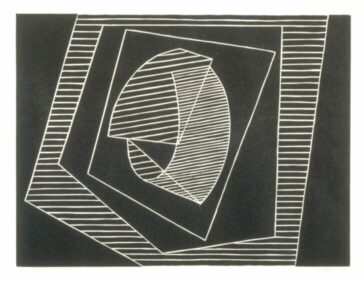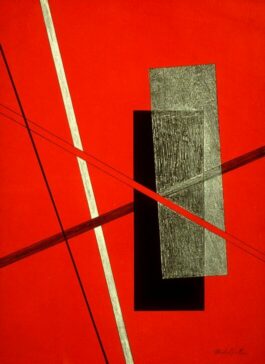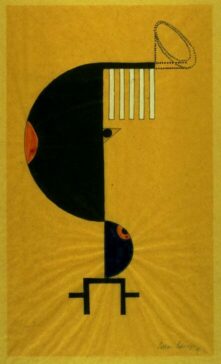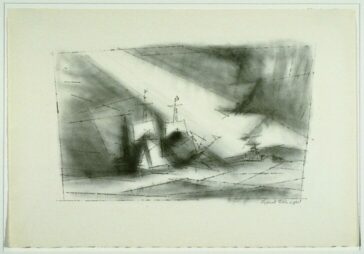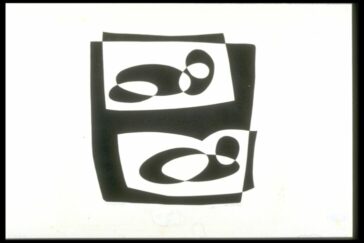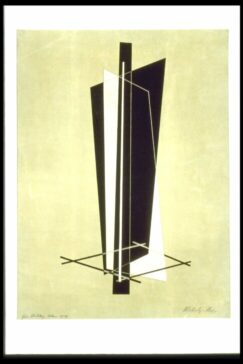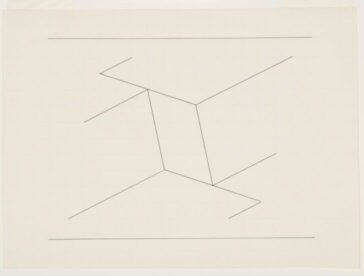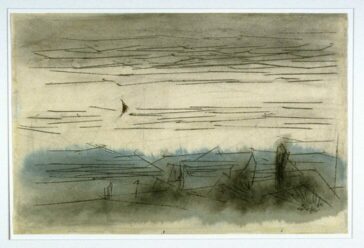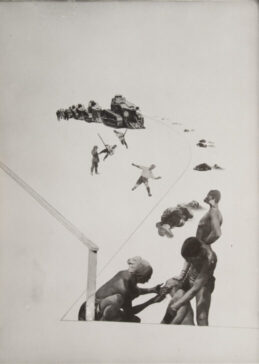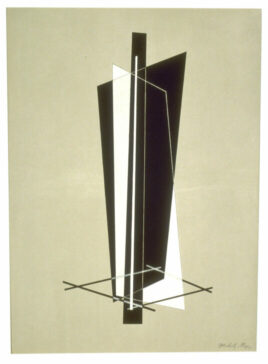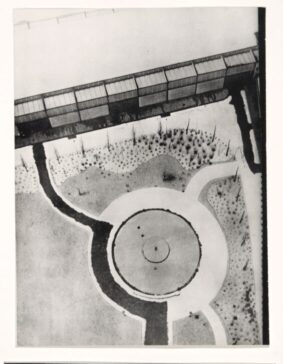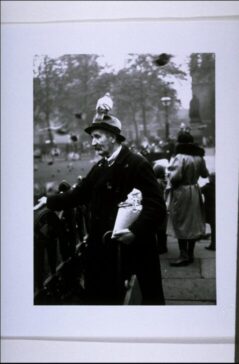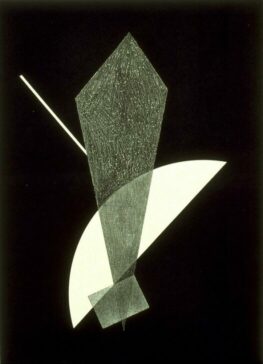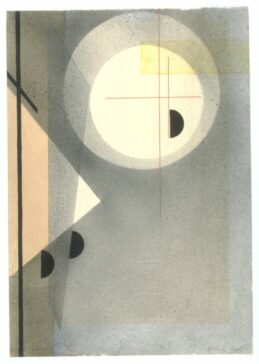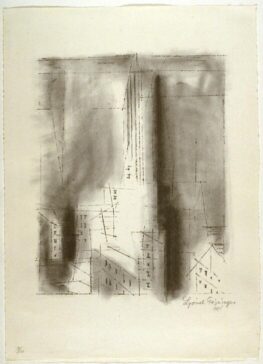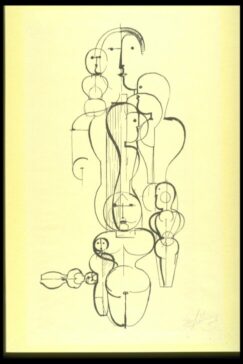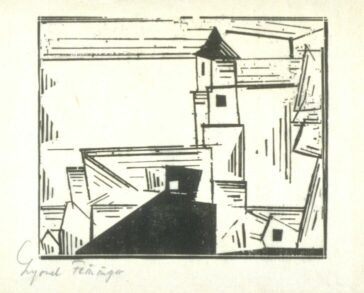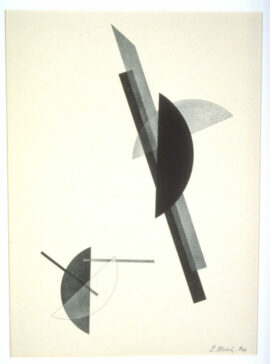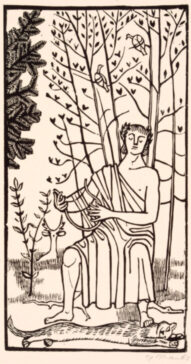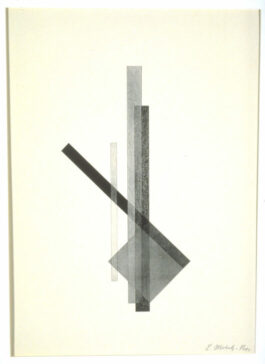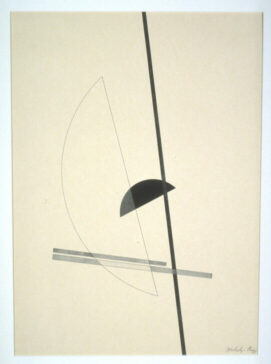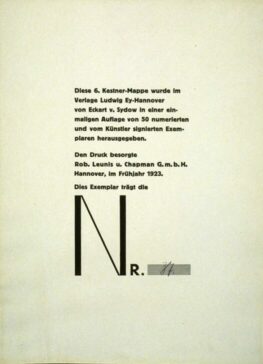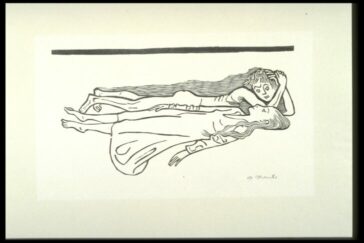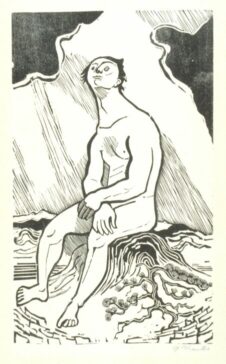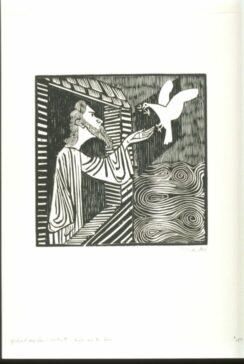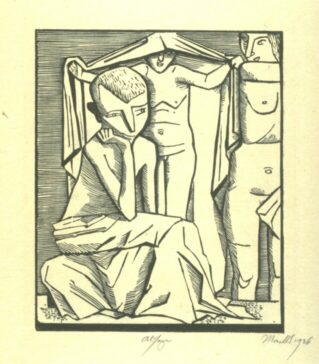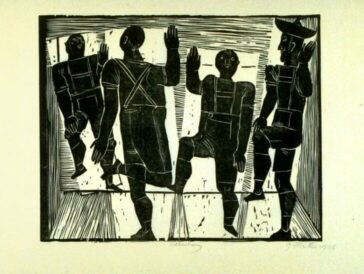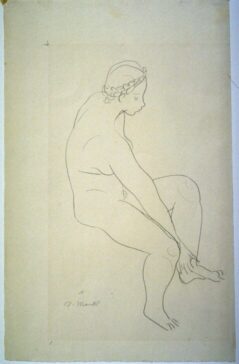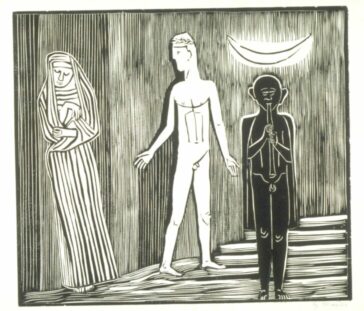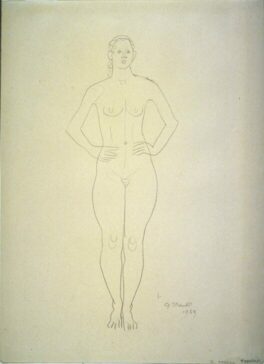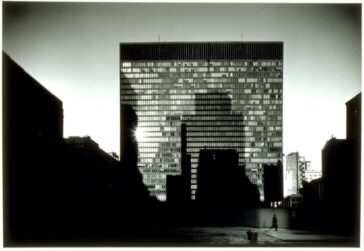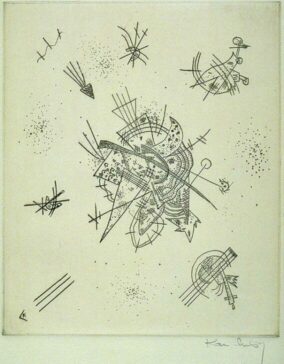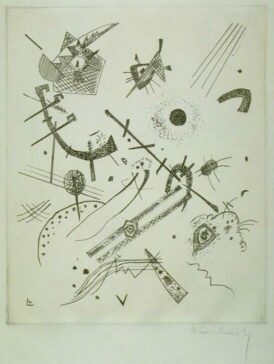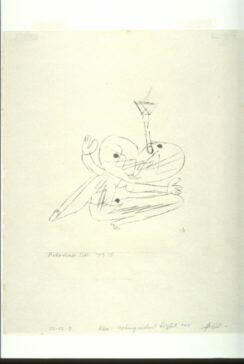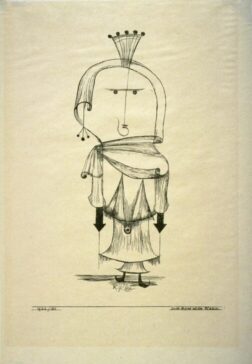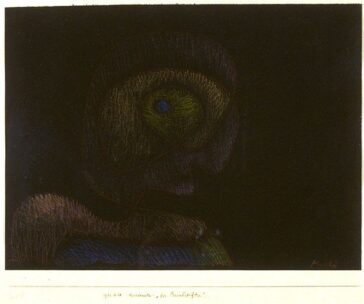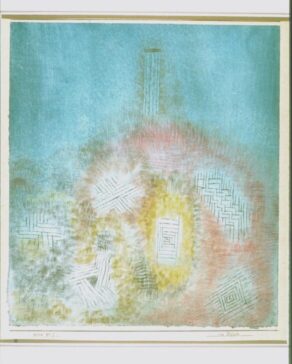Artists of the Bauhaus — Collection Theme
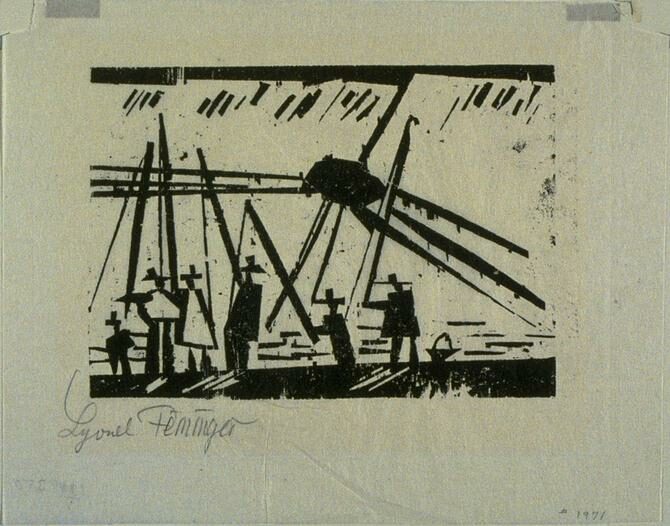
Group Details:
Objects in UMMA’s collection related to the theme of Artists of the Bauhaus.
This portfolio showcases the work of artists associated with the Bauhaus. Founded in Weimar in 1919 by Walter Gropius, the Bauhaus was a school of art and design. Its unique curriculum combined fine arts with applied arts, in an effort to bring art into every aspect of daily life. After completing a general foundation course, students attended specialized workshops in disciplines such as carpentry, metalwork, typography, printing and advertising, photography, weaving, and ceramics. The Bauhaus was in three locations – Weimar (1919-1925), Dessau (1925-1932), and Berlin (1932-1933), and was under the leadership of three directors – Walter Gropius (1919-1928), Hannes Meyer (1928-1930), and Ludwig Mies van der Rohe (1930-1933). The Bauhaus was dissolved in 1933 by the Nazis. This portfolio brings together work by some of the professors and central figures associated with the Bauhaus. It includes work from both the Bauhaus years and the years immediately following it. As such, it offers the opportunity to approach the work in a comparative way – both across artists, as well as time periods. One can trace, for example, the development of Lyonel Feininger’s early woodcuts in 1919, to his lithographs of the early 1950s. One of the key themes to emerge from this selection of work is abstraction, which can be seen across the artists and various media.
